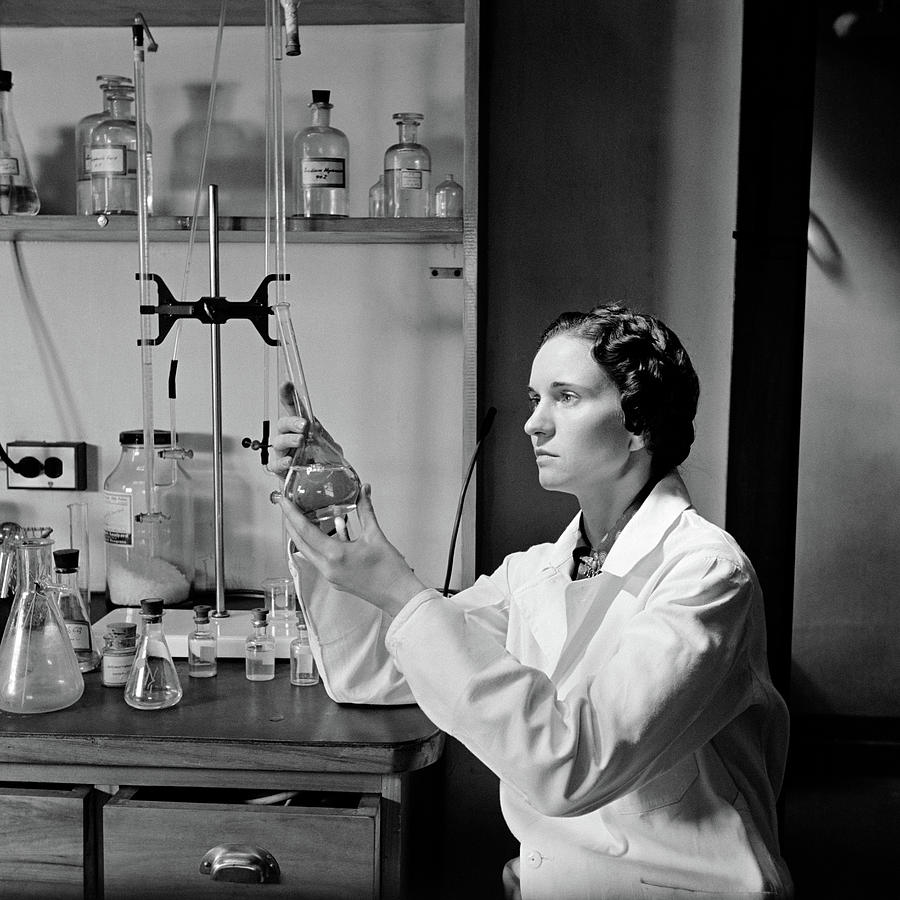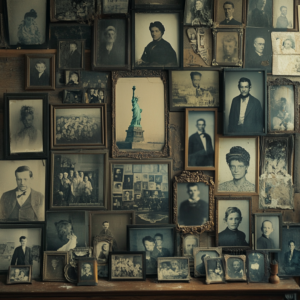It’s well-known that companies like Google, Atlassian and many others have implemented an employee benefit known as “side project time” where engineers, scientists and others are allowed to pursue personal “passion projects” at work, using up to 20% of their paid time to tinker. This policy today is taken for granted since it’s also well-understood that innovation is the lifeblood of companies striving to stay ahead of the curve. However, the concept of allocating time for employees to pursue side projects within their work hours, known colloquially as “20% Side Project Time,” is on the decline. It’s been a whole decade since Larry Page at Google decided to get rid of the policy.
This policy has a rich and surprising history that traces back to the crucible of World War II. We examine how wartime constraints catalyzed innovative thinking and ultimately shaped the corporate culture of 3M, and we also look at the downsides of Side Project Time and why it was nixed at Google.
Wartime Innovation Imperatives
The outbreak of World War II presented unprecedented challenges for industries across the globe. As nations mobilized their resources for the war effort, critical materials such as rubber, essential for various industrial applications including adhesive production, became scarce. The United States government, recognizing the strategic importance of rubber for military purposes, diverted the supply for commercial applications, prompting a dire need for innovative alternatives.
For companies like 3M, known for producing Scotch transparent tape using natural rubber adhesives, the wartime restrictions on rubber supply necessitated a swift and inventive response. The company’s engineers and scientists were tasked with developing substitutes for rubber adhesives to sustain production and support the war effort.
The Birth of Side Projects: A Catalyst for Innovation
Amidst the pressures of wartime production, 3M’s research and development teams embarked on a journey of experimentation and ingenuity. With limited resources and the urgency of the war effort driving their efforts, engineers like John Pearson and Don Douglas pushed the boundaries of traditional adhesive manufacturing.
Pearson’s development of a new device to test adhesion and Douglas’s unconventional method of melting old inner tubes to create adhesive exemplified the spirit of innovation under duress. These pioneering efforts led to the discovery of synthetic resins, particularly acrylate, which emerged as a viable substitute for rubber adhesives. The wartime crisis not only spurred technological advancements but also fostered a culture of creativity and resourcefulness within 3M’s laboratories.
The results of allowing people to pursue passion projects at work (as long as they serve the larger mission of the company) appeared to save 3M from falling into obscurity because of global circumstances that had previously seemed completely unsurmountable. The phrase “Innovate or Die” became an emblem of 3M’s culture of radical intellectual freedom.
Empowering Innovation Through Side Project Time
The wartime experiences at 3M laid the groundwork for a transformative approach to fostering innovation within the company. Recognizing the value of allowing engineers the freedom to pursue personal side projects, 3M embraced a culture that encouraged experimentation and intellectual exploration during paid work hours. Although 3M didn’t give 20% of paid time to side projects, they did give 15%.
The ethos of “20% Side Project Time” emerged from the understanding that innovation thrives in an environment where individuals are granted autonomy and resources to pursue their passions. By allocating dedicated time for employees to work on side projects, 3M not only nurtured a culture of innovation but also leveraged the intellectual property generated by these endeavors to drive corporate growth and competitiveness.
Legacy of Innovation and Corporate Culture
The legacy of wartime innovation at 3M extended beyond the development of adhesive substitutes; it shaped the company’s identity and corporate culture for decades to come. The success of initiatives like Side Project Time underscored the importance of investing in R&D and empowering employees to think outside the box.
3M’s products played a crucial role in supporting various aspects of the war effort, from safety equipment for military personnel to essential supplies for manufacturing airplanes and ships. The contributions of 3M employees, both men and women, during the war exemplified resilience, dedication, and the spirit of innovation in the face of adversity.’

The surprising origins of “Side Project Time” at companies like 3M highlight the transformative power of necessity and the enduring legacy of wartime innovation. What began as a response to the scarcity of critical materials during World War II evolved into a cornerstone of corporate culture, shaping the way companies approach innovation and employee empowerment.
As businesses navigate an increasingly complex and competitive landscape, the lessons gleaned from 3M’s wartime experiences serve as a testament to the value of fostering a culture of innovation, experimentation, and continuous learning. By embracing the spirit of “Innovate or Die,” companies can adapt, thrive, and leave a lasting impact on industries and societies alike.

A Second Narrative for “The American Dream” Has Emerged
Understanding the history of “The American Dream” can explain a lot about today’s political moment. Read more>>
Criticisms: “More Wood Behind Fewer Arrows”
When Larry Page took over as CEO of Google in 2011, he shortly thereafter began to change the culture of Side Project Time. Even though 20% Side-Project Time was famously responsible for some of Google’s most lasting offerings such as Gmail and Adsense, the policy officially ended in 2013. Page was quoted saying that they planned to build “more wood behind fewer arrows,” meaning, they needed to choose fewer projects to invest more in. The timing of this policy-shift corresponds with Google’s explosion into all major digital and physical technologies ranging from a new operating system, competing in the new smartphone race, moving into the lightweight laptop space with Chromebooks, and much more. Being spread thin would end up having the same effect as not innovating at all. Clearly, there’s a place for extreme cultures of innovation, and there’s a phase in a company’s lifecycle that calls for restraint and focus.
As businesses navigate an increasingly complex and competitive landscape, the lessons gleaned from 3M’s wartime experiences serve as a testament to the value of fostering a culture of innovation, experimentation, and continuous learning. By embracing the spirit of “Innovate or Die,” companies can adapt, thrive, and leave a lasting impact on industries and societies alike.





